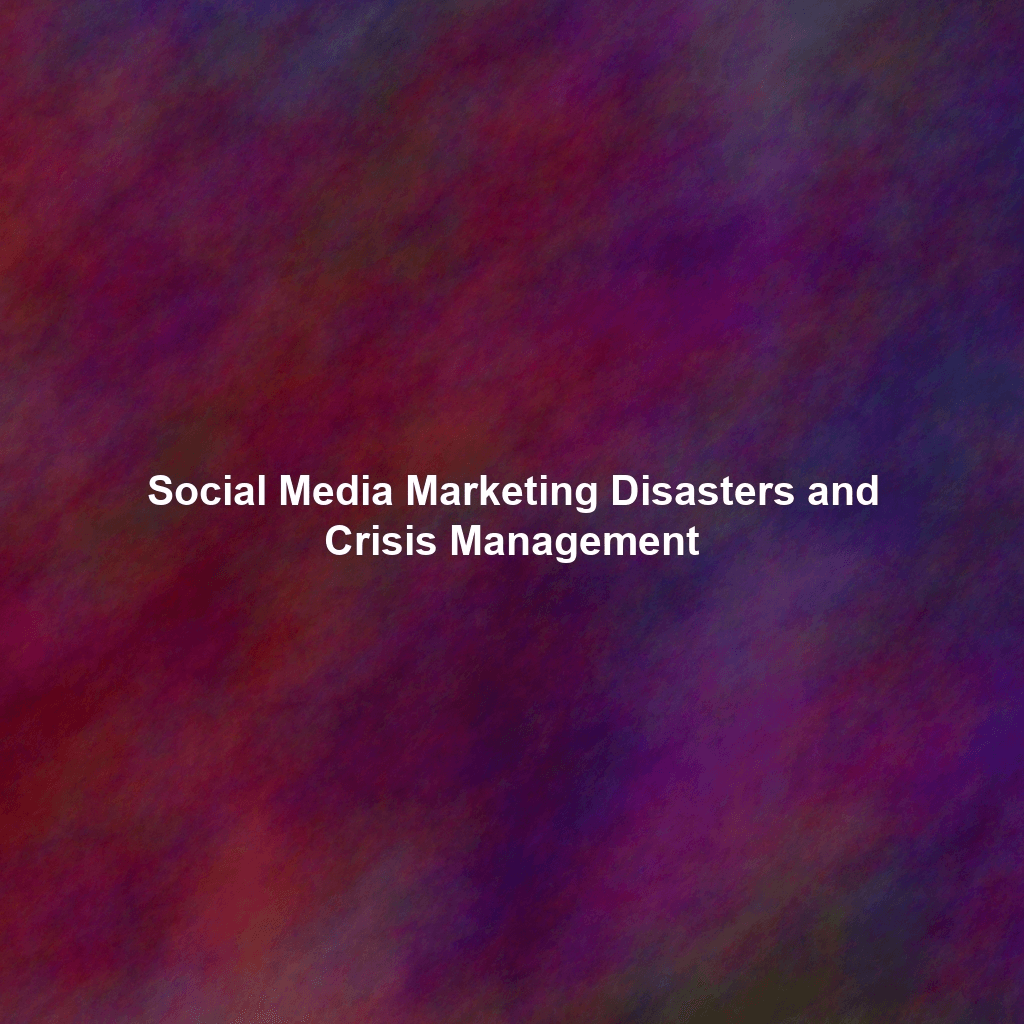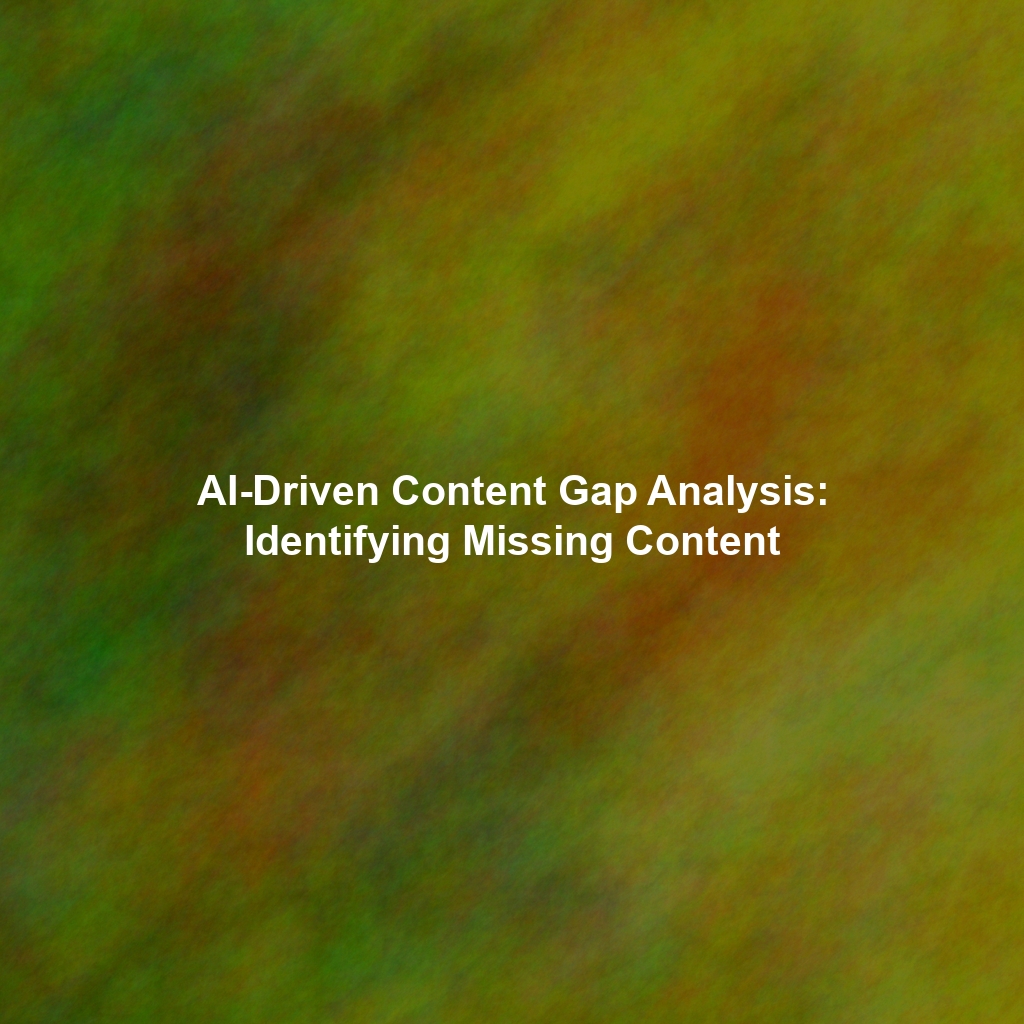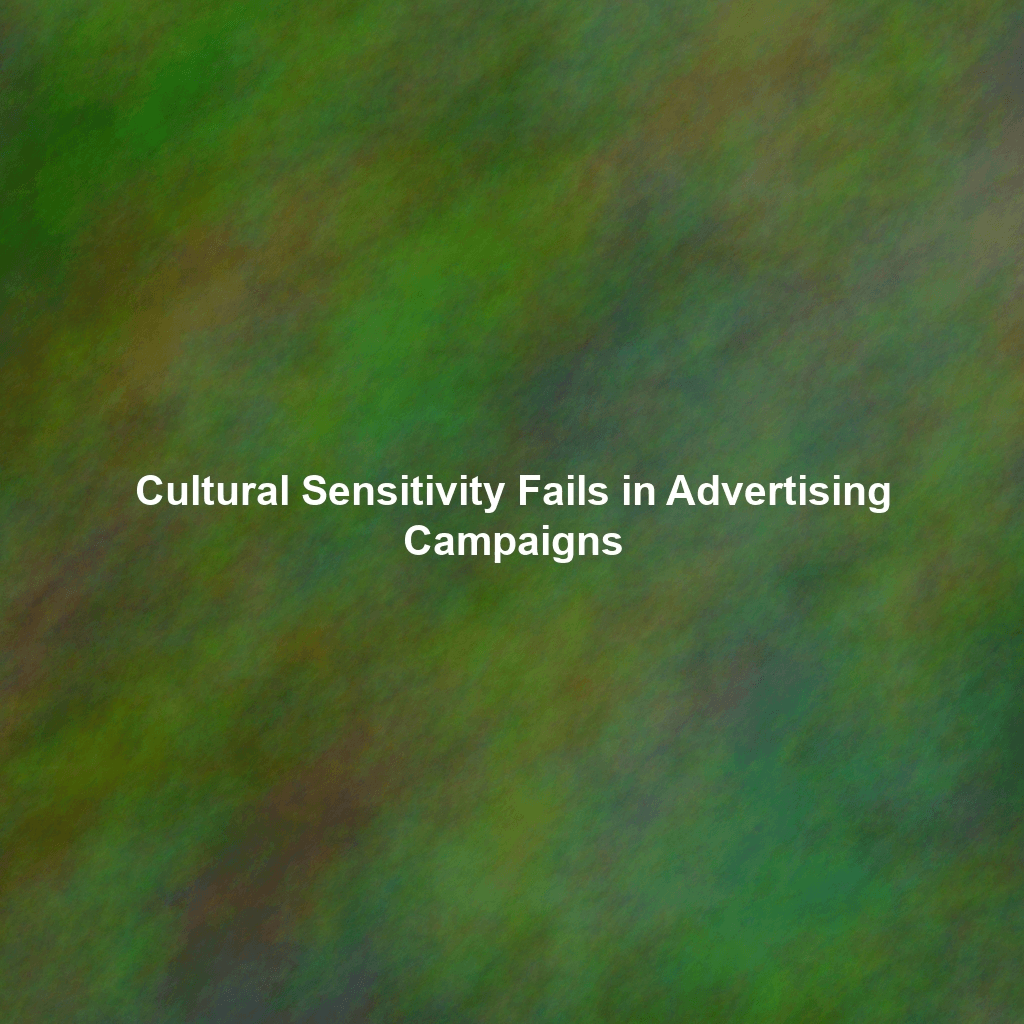Social media: it’s the lifeblood of modern marketing, a direct line to your audience, and a platform for building brand loyalty. But like any powerful tool, it can be wielded improperly, leading to spectacular, and often very public, disasters. One wrong tweet, a poorly conceived campaign, or a mishandled customer complaint can quickly spiral into a full-blown crisis, damaging your brand reputation and impacting your bottom line. This article delves into the world of social media marketing disasters and equips you with the knowledge and strategies needed to navigate these turbulent waters and emerge with your brand intact.
Understanding the Landscape of Social Media Disasters
Before we dive into crisis management, it’s essential to understand the common pitfalls that lead to social media marketing disasters. These range from unintentional blunders to calculated risks that backfire spectacularly.
Common Causes of Social Media Marketing Mishaps:
- Accidental Posting: A personal tweet accidentally posted on a company account, containing inappropriate content or expressing controversial opinions. This is surprisingly common and often stems from poor social media management practices.
- Tone-Deaf Campaigns: Launching a campaign that’s insensitive to current events, cultural issues, or societal concerns. What might seem clever or humorous in isolation can be deeply offensive and damaging when viewed within a broader context.
- Ignoring Customer Complaints: Failing to address customer complaints or criticisms promptly and professionally. This can escalate minor issues into major PR nightmares as disgruntled customers take to social media to voice their frustrations.
- Poorly Trained Staff: Allowing employees who lack proper social media training to manage your accounts. This can result in miscommunication, inappropriate responses, and a general lack of professionalism.
- Automated Fails: Relying too heavily on automation without proper oversight. Automated posts can be insensitive, irrelevant, or even contradictory, especially during times of crisis.
- Security Breaches: Social media accounts being hacked and used to post malicious content or spread misinformation. This can severely damage your brand’s credibility and trustworthiness.
- Misinterpreting Trends: Jumping on a trend without understanding its context or implications. This can lead to misrepresentation, cultural appropriation, or simply looking out of touch.
The Anatomy of a Social Media Crisis
A social media crisis typically follows a predictable pattern. Understanding this pattern allows you to anticipate and mitigate the damage before it escalates.
Stages of a Social Media Crisis:
- The Spark: An initial event triggers negative attention. This could be a controversial post, a product defect, or a customer complaint.
- The Flame: The issue gains traction as users share, comment on, and amplify the initial spark. News outlets and influencers may pick up the story, further fueling the fire.
- The Inferno: The crisis reaches its peak, with widespread negative sentiment, media coverage, and potential damage to your brand’s reputation.
- The Smoke: The intensity of the crisis begins to subside as the initial outrage fades. However, the long-term effects may linger.
- The Aftermath: The brand works to repair its reputation, address the underlying issues that caused the crisis, and prevent future incidents.
Crisis Management: Preparing for the Inevitable
The best way to handle a social media crisis is to be prepared for it. A well-defined crisis management plan is essential for navigating the turbulent waters of online backlash.
Key Components of a Social Media Crisis Management Plan:
- Identify Potential Risks: Conduct a risk assessment to identify potential threats to your brand’s reputation on social media. Consider factors such as product quality, customer service, and public perception.
- Establish a Crisis Communication Team: Assemble a team of individuals responsible for managing social media crises. This team should include representatives from marketing, public relations, customer service, and legal.
- Develop Clear Communication Protocols: Define clear guidelines for communicating during a crisis. This includes identifying who is authorized to speak on behalf of the company, what types of information can be shared, and how to respond to different types of inquiries.
- Create Pre-Approved Templates: Prepare pre-approved templates for responding to common types of crises. This can save valuable time and ensure that your messaging is consistent and on-brand.
- Monitor Social Media Channels: Continuously monitor social media channels for mentions of your brand, industry trends, and potential threats. This allows you to identify and address issues before they escalate into full-blown crises.
- Establish Escalation Procedures: Define clear procedures for escalating issues to the crisis communication team. This ensures that potential crises are identified and addressed promptly.
- Practice and Train: Conduct regular training exercises to prepare your team for managing social media crises. This can help them develop the skills and confidence needed to respond effectively under pressure.
- Document Everything: Keep a detailed record of all crisis-related communications, decisions, and actions. This documentation can be invaluable for legal and reputational purposes.
Responding to a Social Media Crisis: Damage Control in Action
When a social media crisis strikes, swift and decisive action is critical. The following steps can help you mitigate the damage and regain control of the narrative.
Steps to Take During a Social Media Crisis:
- Acknowledge the Issue: The first step is to acknowledge the issue publicly and promptly. Ignoring the problem will only make it worse.
- Take Responsibility: If your company is at fault, take responsibility for the mistake and apologize sincerely. Avoid making excuses or blaming others.
- Provide Accurate Information: Share accurate and up-to-date information about the situation. Avoid speculation or withholding information.
- Offer Solutions: Outline the steps you are taking to address the issue and prevent it from happening again.
- Engage with Your Audience: Respond to comments and questions from your audience in a timely and professional manner. Show that you are listening to their concerns.
- Move the Conversation Offline: If possible, move the conversation offline by providing contact information for customer service or public relations.
- Stay Calm and Professional: Maintain a calm and professional demeanor throughout the crisis. Avoid getting into arguments or engaging in personal attacks.
- Learn from the Experience: After the crisis has subsided, analyze what went wrong and identify areas for improvement. Update your crisis management plan accordingly.
Case Studies: Lessons Learned from Social Media Disasters
Examining real-world examples of social media disasters can provide valuable insights and help you avoid making similar mistakes.
Case Study 1: The Celebrity Tweet Gone Wrong
A celebrity endorser, known for their comedic persona, posted a seemingly harmless tweet about a recent flight delay. However, the tweet was perceived as insensitive by many, as it trivialized the inconvenience faced by everyday travelers. The backlash was swift and severe, with users accusing the celebrity of being out of touch. The brand faced pressure to distance itself from the celebrity, and the campaign was ultimately shelved.
Lesson Learned: Carefully vet celebrity endorsers and ensure their personal brand aligns with your company’s values. Monitor their social media activity and be prepared to take action if they engage in behavior that could damage your brand’s reputation.
Case Study 2: The Hashtag Hijack
A company launched a promotional campaign with a catchy hashtag. However, users quickly hijacked the hashtag to share negative experiences with the company’s products and services. The campaign backfired spectacularly, turning into a platform for disgruntled customers to air their grievances. The company was forced to abandon the hashtag and issue a public apology.
Lesson Learned: Research hashtags thoroughly before launching a campaign. Consider the potential for misuse and be prepared to respond to negative feedback. Sometimes, abandoning a campaign is the best course of action.
Case Study 3: The Automated Insensitivity
An automated social media system continued to post scheduled messages during a national tragedy. The messages, which were promotional in nature, were perceived as insensitive and tone-deaf. The company faced widespread criticism for its lack of empathy and judgment.
Lesson Learned: Pause or suspend automated social media activity during times of crisis or national tragedy. Human oversight is essential to ensure that your messaging is appropriate and sensitive to the situation.
Preventing Future Disasters: Building a Strong Social Media Foundation
While it’s impossible to prevent all social media disasters, you can significantly reduce your risk by building a strong social media foundation. This includes:
- Developing a Social Media Policy: A comprehensive social media policy outlines acceptable behavior for employees and provides guidelines for managing your brand’s online presence.
- Providing Social Media Training: Equip your employees with the skills and knowledge they need to use social media responsibly and effectively.
- Implementing a Social Media Monitoring System: Monitor social media channels for mentions of your brand, industry trends, and potential threats.
- Establishing Clear Approval Processes: Implement clear approval processes for all social media posts, especially those that are promotional or controversial.
- Fostering a Culture of Transparency and Authenticity: Encourage open and honest communication with your audience. Build trust by being transparent about your company’s values and practices.
Conclusion: Navigating the Social Media Minefield
Social media marketing is a powerful tool, but it comes with inherent risks. By understanding the common causes of social media disasters, developing a comprehensive crisis management plan, and responding effectively when a crisis strikes, you can protect your brand’s reputation and navigate the social media minefield with confidence. Remember, prevention is always better than cure. A proactive approach to social media management is the best way to minimize your risk and build a strong, resilient brand.
 Skip to content
Skip to content

